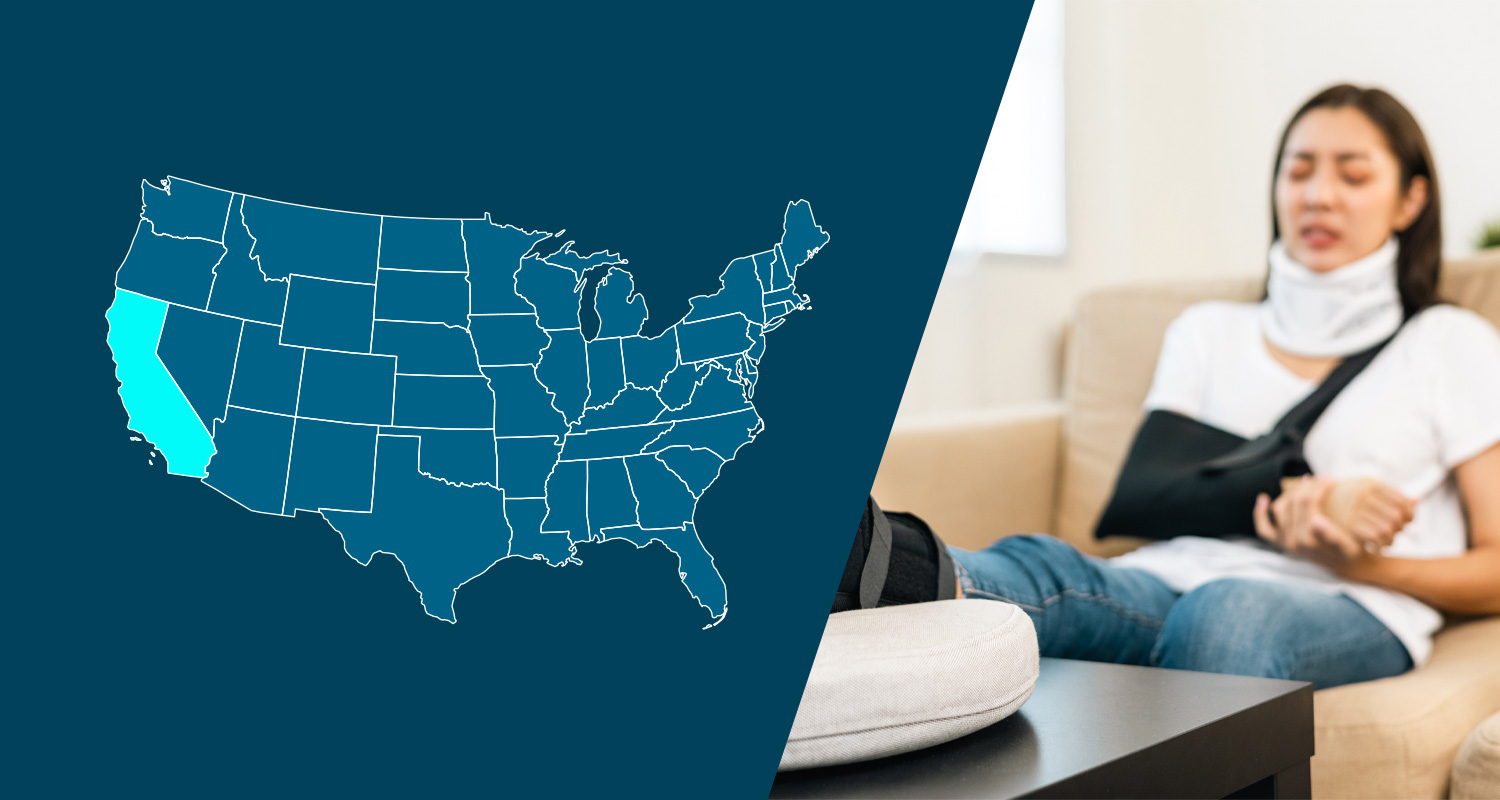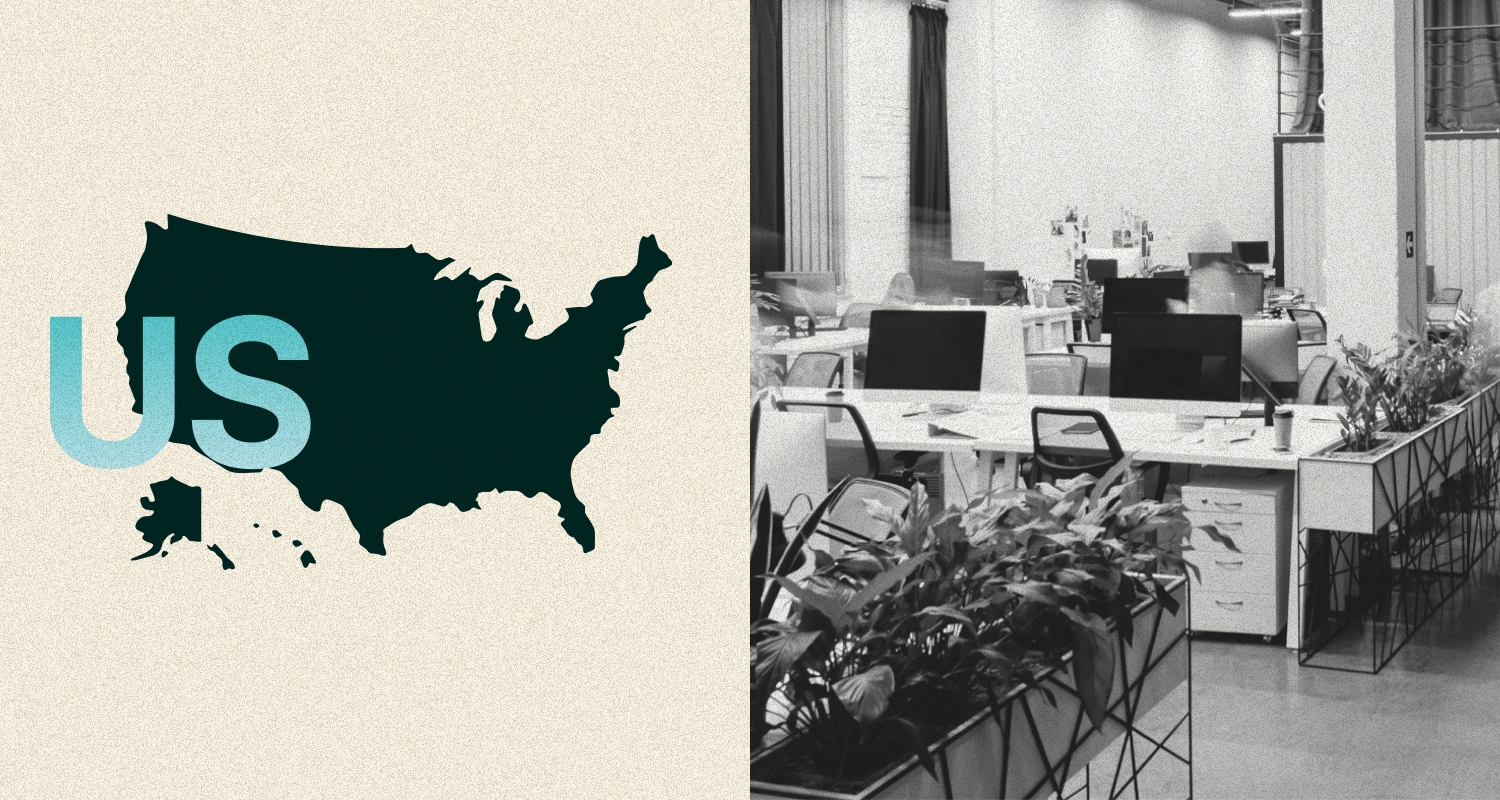Beginning on January 1, 2024, all California wages will be subject to the SDI tax, as the wage cap on deductions for state disability and paid family leave (PFL) (collectively referred to as “SDI tax”) was removed in prior legislation. This change will affect California employees earning over $153,164, which was the previous 2023 wage cap. Employees earning less than $153,164 will not see a change in their SDI tax withholding.
Examples
- In 2023, an employee earning $400,000 will pay 0.9% (the SDI tax for 2023) of their salary up to the maximum wage base of $153,164 (wage cap in effect for 2023) for a maximum withholding of $1,378.48.
- In 2024, an employee earning $400,000 will pay 1.1% (the SDI tax for 2024) of their salary for a withholding of $4,400.
The removal of the wage cap is tied to a continuation in temporary increases in SDI and PFL benefits from up to 55% of average weekly wages (AWW) to up to 60% for individuals who earned one-third or more of the AWW, and up to 70% for individuals who earned less than one-third of the AWW for 2024. In 2025, benefits will increase again from up to 63% to 90% of AWW.
As an alternative to remitting SDI tax to the state, employers may choose to implement a voluntary plan (VP) to provide SDI and paid family leave (PFL) benefits to employees. This blog covers frequently asked questions regarding employer’s responsibilities and considerations for implementing a VP in light of the wage cap removal. Though California insurance law allows for both self-insured plans and coverage through an “admitted insurer” (insurance company that has been filed and approved by the California Department of Insurance (DOI)), available guidance centers primarily around self-insured voluntary plans. Accordingly, the application information in this FAQ centers around employers considering a self-insured plan option as an alternative to SDI tax withholding.
For more details on the CA SDI payroll tax implications and related resources, see our prior blogs: California SDI/PFL Benefit Enhancements and Removal of Taxable Wage Limit in 2024 and 2024 State Paid Family and Medical Leave Round-up.
Note for Sequoia One PEO Clients: Sequoia One does not permit clients to use a voluntary plan to meet SDI requirements. Sequoia One assists clients with CA employees with withholding and remitting SDI tax quarterly.
How can employers reduce the impact of wage cap removal on employees earning over $153,164 in 2024?
Employers looking to reduce the impact of the wage cap removal on employees earning over $153,164 can choose to implement an SDI/PFL voluntary plan (VP) at a lesser employee contribution rate than what is required for state SDI/PFL insurance (1.1% for 2024). California voluntary plan rules permit employers to deduct up to the amount that would be required to be withheld to participate in SDI to pay for VP coverage for employees under a self-insured plan, or to obtain coverage from an “admitted insurer”.
Because VP contributions are presumably collected post-tax (CA VP guidance does not specify, but SDI contributions are collected post-tax), and as such, are not subject to NDT testing, employers may decide to structure VP contributions with a wage-cap similar to the SDI cap in place for prior years.
What are the benefit and cost requirements of a voluntary plan?
Per the CA Employment Development Department (EDD), a VP must meet the following requirements:
- The VP cannot cost employees more than SDI;
- Employers must provide all the same benefits as SDI, plus at least one that is better. Guidance from EDD states that one method for meeting this requirement is to have the employer cover plan operating costs;
- Employees must be allowed to reject the VP and still choose SDI coverage;
- Covered employees must be given a written document that outlines their benefits;
- The VP must be updated to match any increase in benefits that SDI implements as a result of future legislation or approved regulations.
Employers looking to offer disability insurance benefits under a VP, must also offer compliant paid family leave benefits under the plan.
Which employees must be offered coverage under the voluntary plan?
VP coverage must be made available to all California employees or to employees in a separate establishment maintained by the employer in California, except part-time employees who work less than half of the employer’s standard workweek or short-term employees who are hired for a period not expected to exceed two weeks. Any employees that are not covered under the VP, but are otherwise eligible for SDI, must have SDI contributions withheld and remitted on their behalf. For more information on employees that are exempt from SDI withholding, review the Exempt Employee Information Sheet.
How do employers apply for a self-insured voluntary plan?
Prior to submitting a plan for approval, a majority of eligible employees must consent to the plan in writing. Election records must be retained for 5 years. Employers must apply to have a voluntary plan approved 30 days before the plan’s requested effective date. Employers are responsible for all SDI contributions for employees while operating under an unapproved plan, regardless of whether a VP is ultimately approved. Employers looking to offer self-insured plans must complete the Application of Approval of Voluntary Plan Self-Insured Disability Benefits and the accompanying contact information forms, depending on whether the VP is operated by the employer or a third-party administrator. After the plan is approved, employers must provide a security deposit at an amount to be determined by the EDD.
How is the security deposit determined?
After an application for a self-insured plan is approved, EDD will require a security deposit to be placed in trust. The minimum deposit (at least $1,000) is determined as follows:
Employers estimated taxable wages from previous year x 0.5 x current SDI contribution rate (1.1% for 2024)
The amount of security in excess of the minimum $1,000 is determined by the number of employees covered, the size of the payroll, the class of risks, the financial standing of the employer, and any other relevant factors as determined by the EDD.
The security deposit must be made in one or a combination of the following types:
- Cash, in the form of a check, may be sent to the EDD to secure the employer’s VP obligations;
- Irrevocable Letter of Credit (LOC) from a United States financial institution; or
- Guarantee bond (GB) issued by an admitted surety insurer.
What are employer’s responsibilities when it comes to voluntary plan contributions?
Employers are required to hold employee contributions for VP coverage in a trust fund. The funds must be kept in a separate bank account and held with a financial institution or transmitted directly to the insurer, if applicable, and used only for payment of benefits and approved administrative costs.
An Annual Report Of Voluntary Plan Transactions detailing income, expenses, and benefits paid, is due to the EDD annually by February 15.
What are the ongoing requirements for employers with voluntary plans?
Employers must amend the plan to accommodate any changes in benefits or plan requirements as determined by the EDD each year (typically announced by January 1).
Employer initiated amendments to the plan (not legally required) must be agreed to by the majority of covered employees. All covered employees adversely effected by an amendment must consent to the amendment prior to the effective date. Employees must be provided the right to withdraw from the plan through an amendment notice at least 10 days prior to the effective date. After receiving and documenting employee consent and notification, the amendment must be submitted to EDD for approval not later than the amendment’s effective date.
Though approved VP employers are exempt from remitting SDI contributions for employees that have elected VP coverage, they are still required to complete the Quarterly Contribution Return Form in addition to the Quarterly Adjustment Form for Voluntary Plan Disability Insurance Employers Form, submitted electronically through the Employer Services Online.
A report of each family leave or disability insurance claim made (whether approved or denied), must be reported to the department through an online SDI account.
Employers must complete the Administrative Contact Form annually by June 15th to update contact information for administrative personnel.
What risks are there for employers that choose to implement a voluntary plan?
Employers that choose to implement a voluntary plan to provide PFL and SDI benefits to employees are provided flexibility when it comes to reducing benefit costs for employees, but face increased administrative burden and reporting requirements. Though guidance around the use of fully-insured plans from approved insurers is limited, going this route may reduce some of the administrative burden on employers. Employers who are interested in this option should connect with their disability carrier to learn more.
It is important to keep in mind that utilizing a voluntary plan does not relieve employers of the obligation to withhold and remit employee SDI contributions for CA employees who have opted out or are not otherwise covered by the plan. In addition, employers or their TPAs are required to record each claim made with the EDD and take on the burden of approving or denying claims based on the guidelines set out by EDD.
Self-insuring a plan comes with numerous risks, including the risk that benefits required to be paid out outweigh fund contributions, and the requirement to keep VP funds in a trust, which places the responsible parties in the role of fiduciary, exposing the company to additional legal risk.
Employers must also front the security deposit for a self-insured plan and can face assessments from EDD, where claims are improperly denied, the plan is improperly terminated, or more funds needed to be held based on the employees under the plan and their respective wages.
Employer Action
- Employers with California Employees will want to ensure applicable employee payroll deductions and employer contributions are updated to accommodate the removal of the wage cap on SDI tax effective January 1, 2024.
- Employers may want to consider communicating this California taxation update to employees.
- Employers looking to implement a voluntary plan should consider potential contribution strategies for the coming year and consider the added administrative responsibilities and risk associated with maintaining or offering such a plan.
- Employers interested in offering a voluntary fully insured benefit should speak directly with their disability carrier about what options may be available.
Additional Resources
The information and materials on this blog are provided for informational purposes only and are not intended to constitute legal or tax advice. Information provided in this blog may not reflect the most current legal developments and may vary by jurisdiction. The content on this blog is for general informational purposes only and does not apply to any particular facts or circumstances. The use of this blog does not in any way establish an attorney-client relationship, nor should any such relationship be implied, and the contents do not constitute legal or tax advice. If you require legal or tax advice, please consult with a licensed attorney or tax professional in your jurisdiction. The contributing authors expressly disclaim all liability to any persons or entities with respect to any action or inaction based on the contents of this blog. © 2023 Sequoia Consulting Group. All Rights Reserved.



